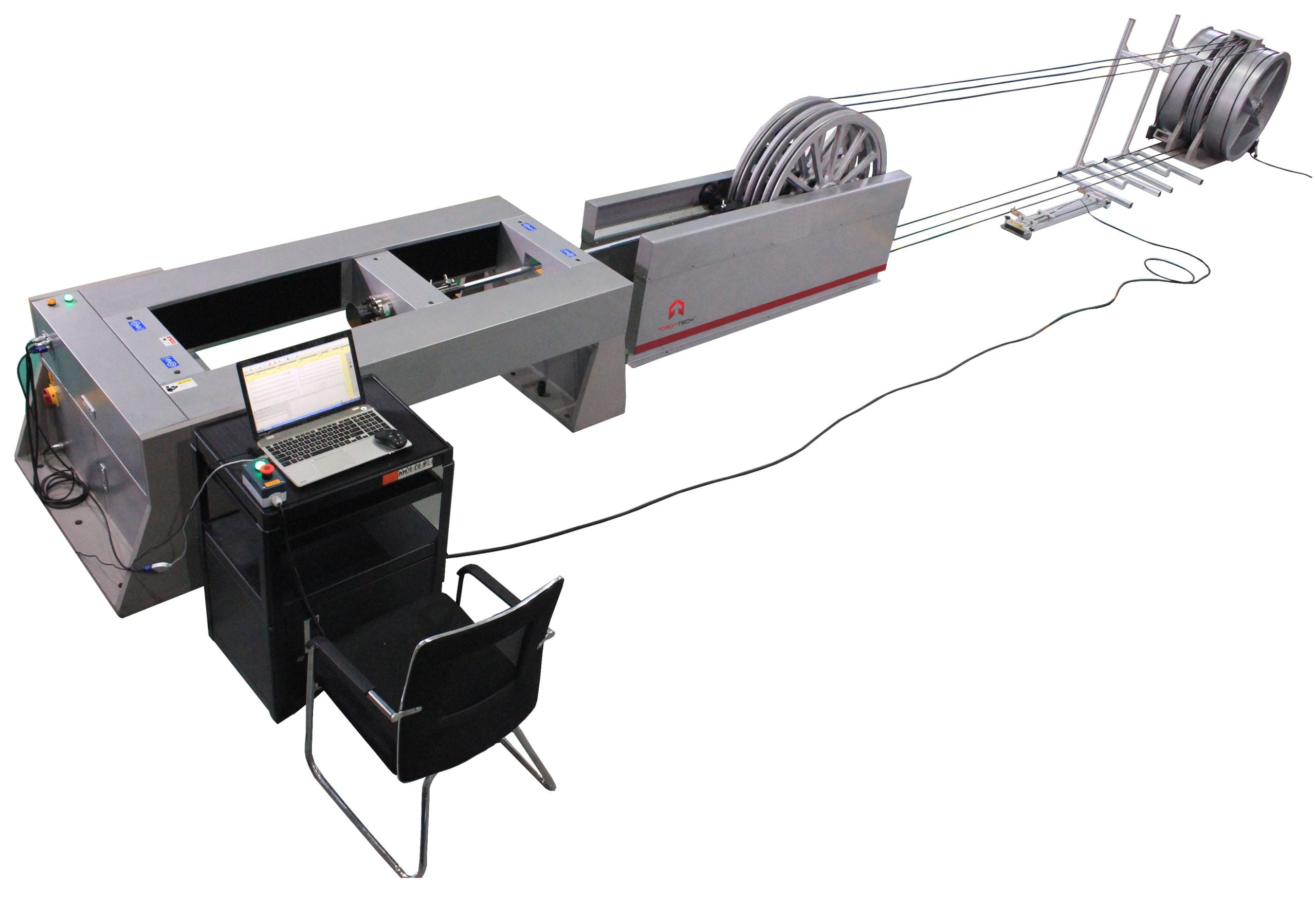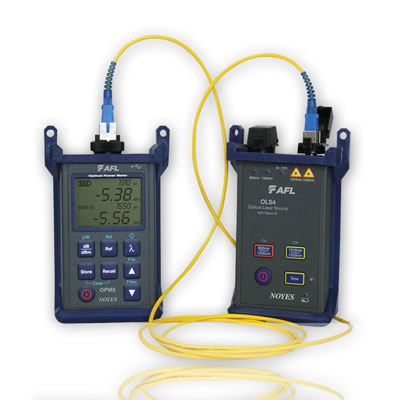Checking Out the Benefits of Optical Fiber Examining for Boosted Communication Systems
The significance of optical fiber testing in modern interaction systems can not be overstated, as it serves as a foundation for making certain network integrity and performance. Making use of sophisticated methodologies such as Optical Time-Domain Reflectometry (OTDR) and insertion loss analysis, companies can not only recognize faults yet additionally enhance their configurations. This aggressive testing strategy has profound effects for signal top quality and functional effectiveness, raising the concern of how these practices add to long-term sustainability in an ever-evolving technical landscape. Understanding these dynamics is essential for stakeholders intending to keep an one-upmanship.
Significance of Optical Fiber Screening
The significance of optical fibre screening can not be overemphasized in today's data-driven environment. As organizations progressively depend on high-speed information transmission for everyday operations, the stability and efficiency of optical fiber networks are critical. Checking ensures that these networks can support the large amounts of data created and sent seamlessly, fostering efficient communication and connectivity.
Optical fibre testing serves multiple important features, consisting of confirming installment top quality, recognizing possible mistakes, and establishing total system efficiency. Normal screening can prevent costly downtimes and solution interruptions, permitting companies to preserve operational continuity. Furthermore, it aids in compliance with sector standards and guidelines, making certain that fiber optic setups satisfy required specifications for safety and security and integrity.
Additionally, screening can boost the durability of fibre optic systems. By proactively recognizing problems such as signal loss, attenuation, or adapter failings, companies can address troubles prior to they intensify, thus prolonging the life of their infrastructure. In recap, optical fibre screening is not simply a technological demand but a critical financial investment that enhances network integrity, enhances efficiency, and eventually sustains the growth and effectiveness of modern interaction systems.
Key Examining Approaches

OTDR is an important strategy used to recognize faults, step splice losses, and examine the overall stability of a fibre optic web link. By sending out a pulse of light down the fibre and evaluating the mirrored light, technicians can identify areas of mistakes and evaluate the network's performance over cross countries.
Insertion loss screening measures the amount of signal loss that happens when light travel through a link or splice. This approach is essential for verifying that links fulfill specific loss thresholds, which is essential for maintaining optimum efficiency in interaction systems.
Optical return loss screening quantifies the amount of light reflected back towards the source because of flaws in you can try this out the fibre or connections. High return loss values suggest much better efficiency and minimized signal destruction.
With my latest blog post each other, these screening techniques supply a detailed evaluation of fibre optic networks, ensuring their dependability and performance in diverse interaction applications.
Influence on System Efficiency
Efficient optical fiber screening straight influences the overall performance of communication systems. By guaranteeing the integrity of fiber optic wires, screening recognizes prospective faults such as attenuation, splice loss, and adapter imbalance. These problems can substantially break down signal high quality, resulting in interruptions and lowered information transmission speeds.

In addition, normal optical fiber screening contributes to long-lasting system sustainability. It enables very early detection of damage, enabling for prompt maintenance and upgrades prior to major failures take place. This not only extends the lifespan of the facilities yet also makes certain that communication systems stay affordable in regards to performance.
Cost-Effectiveness and Effectiveness
Cost-effectiveness is a crucial factor to consider in the release and maintenance of optical fibre networks. Applying robust optical fibre testing procedures can significantly minimize functional costs by identifying issues before they rise right into major problems. robotic vision. By identifying faults, attenuation, and other efficiency barriers early, companies can avoid costly repair work and downtime, which can interrupt solutions and lead to profits loss
In addition, effective testing methodologies simplify the installment process, allowing technicians to function a lot more successfully. This equates to lower work costs and faster project conclusion times. Advanced testing tools, such as Optical Time Domain Reflectometers (OTDRs), enables a specific evaluation of fibre quality, my review here making certain that only optimal products are used, therefore lessening waste.
Regular screening also contributes to better source allotment. By recognizing the network's performance, organizations can make enlightened decisions regarding upgrades and expansions, making sure that investments are made where they are most required. In recap, optical fibre screening improves cost-effectiveness and efficiency, supporting the lasting sustainability and competitiveness of interaction systems in an increasingly demanding market.
Making Certain Long-Term Reliability
Carrying out rigorous optical fibre screening not just enhances expense financial savings and operational efficiency however additionally plays a critical function in making certain the long-term dependability of interaction networks. Regular testing methods, consisting of depletion and bandwidth assessments, assistance determine possible degradation in fibre efficiency prior to it brings about service interruptions.
By utilizing sophisticated screening techniques, network operators can pinpoint faults or weaknesses in the fibre facilities, enabling for prompt removal. This aggressive strategy reduces downtime, making sure that interaction systems continue to be useful and reliable. Furthermore, routine testing contributes to the advancement of a more resilient network, as operators can adapt and optimize their infrastructure based on real-time information understandings. optical fibre diameter analyser.
Additionally, making certain conformity with market requirements through optical fiber screening strengthens the top quality and stability of the entire communication system. This adherence not just boosts self-confidence among stakeholders but additionally lines up with regulatory requirements, which are significantly rigid.
Final Thought
In conclusion, optical fibre testing serves as a fundamental component in improving communication systems. By utilizing numerous screening methods, such as OTDR and insertion loss evaluations, networks can attain optimal performance and integrity.